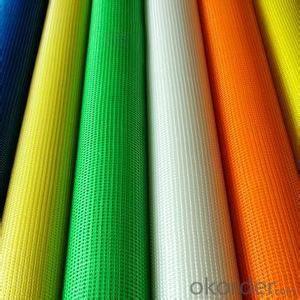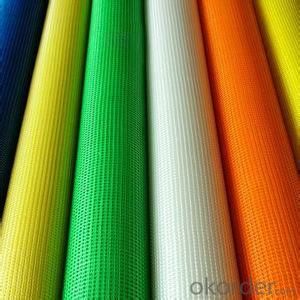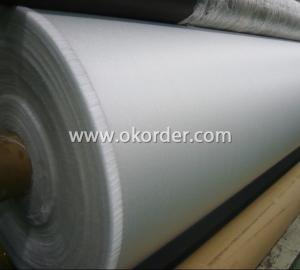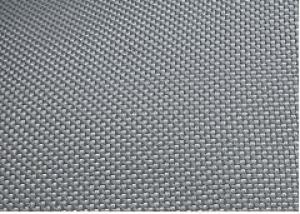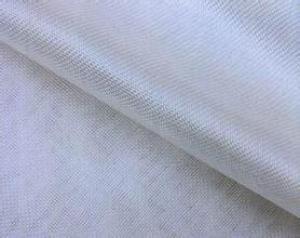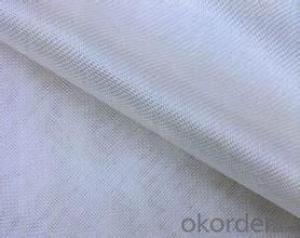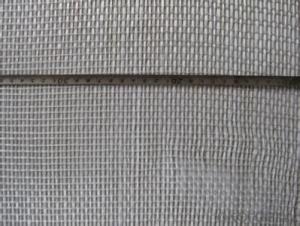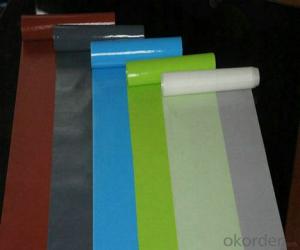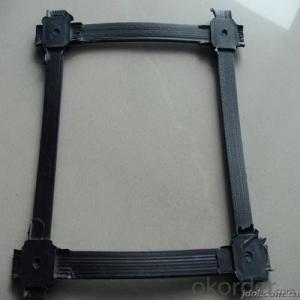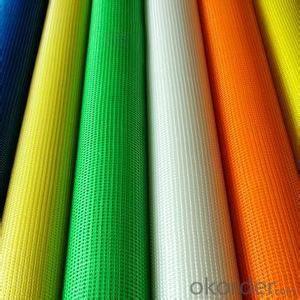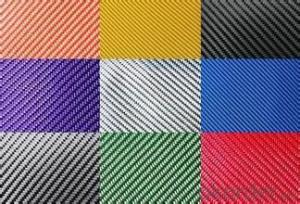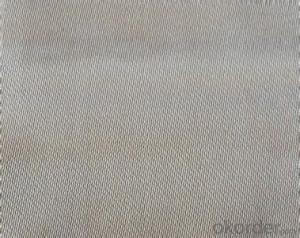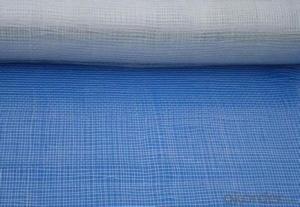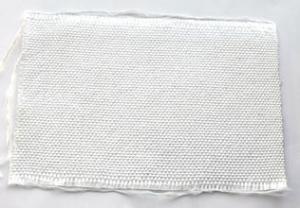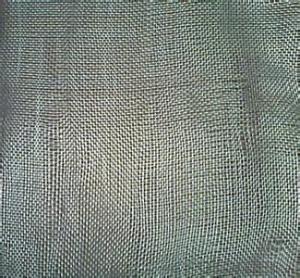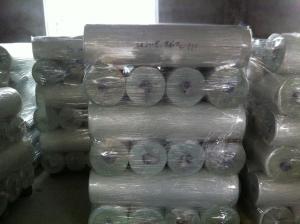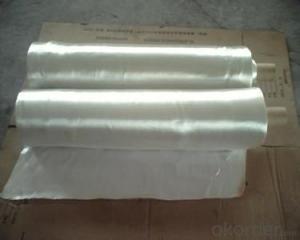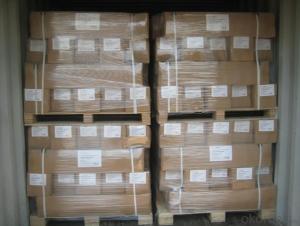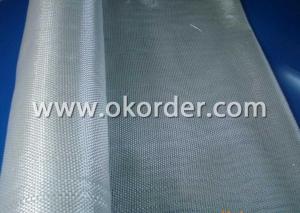Fiberglass Fabrics High Silica Fiber Cloth Silica 2024
- Loading Port:
- China Main Port
- Payment Terms:
- TT OR LC
- Min Order Qty:
- -
- Supply Capability:
- -
OKorder Service Pledge
OKorder Financial Service
You Might Also Like
Quick Details
| Place of Origin: | Brand Name: | Model Number: | |||
| Application: | Weight: | Surface Treatment: | |||
| Width: | Weave Type: | Yarn Type: | |||
| Alkali Content: | Standing Temperature: | Colour: | |||
| Sio2 content: | continuous temperatures: |
Packaging & Delivery
| Packaging Detail: | Carton |
| Delivery Detail: | 10-15days |
Specifications
High silica fiber cloth is a kind of high temperature resistance, inorganic fiber.
High silica fiber Cloth is a special fiberglass fabric which contains more than 96% silicon dioxide.
Excellent heat resistance, it can withstand continuous temperatures of 900 degrees celsius for long periods of time, and instantaneous temperatures of up to 1400 degrees celsius. Ideal material for missile and rocket manufacture in the aerospace industry where high-temperature burning occurs. Other products include yarn and filtration mesh pieces which are treated with a high-temperature heat resistance coating.
High silica fiberglass fabric is ideal for heat preservation material, fire fighting equipment like fire curtains and fireproof garments. Very good in dust collection and filtration equipment where special material is needed to withstand high temperature gas, and in filtering high-temperature liquid metal.
- Q: Can fiberglass fabric be used for making bags or backpacks?
- Indeed, bags or backpacks can be crafted using fiberglass fabric. Renowned for its robustness, endurance, and tear resistance, fiberglass fabric is an ideal option for fashioning resilient bags and backpacks. Moreover, its lightweight nature renders it suitable for transporting goods without burdening the carrier. Furthermore, the malleability and versatility of fiberglass fabric enable the creation of diverse shapes and designs, allowing for personalized and adaptable bag and backpack construction. Nevertheless, it is crucial to acknowledge that fiberglass fabric lacks the pliability and softness of traditional fabric, thus potentially rendering it unsuitable for crafting bags or backpacks that necessitate a specific degree of flexibility or softness.
- Q: How is fiberglass fabric used in the production of electrical insulation tapes?
- Fiberglass fabric is commonly used in the production of electrical insulation tapes due to its excellent electrical insulation properties. The fabric is made from fine strands of glass fibers that are woven together to create a strong and durable material. In the production of electrical insulation tapes, fiberglass fabric is often coated with a layer of adhesive material, such as silicone or acrylic, on one side. This adhesive layer allows the tape to adhere to various surfaces and provides additional electrical insulation. The fiberglass fabric acts as a reinforcement layer in the tape, providing strength and stability. It helps to prevent the tape from tearing or stretching under tension, ensuring that it remains intact even in harsh environments. The fabric also provides resistance against high temperatures, chemicals, and abrasion, making it suitable for use in electrical applications. Furthermore, fiberglass fabric has excellent dielectric properties, meaning it can withstand high voltage without conducting electricity. This makes it an ideal material for electrical insulation tapes, as it helps to prevent electrical currents from leaking or short-circuiting. Overall, the use of fiberglass fabric in the production of electrical insulation tapes enhances their electrical insulation, strength, and durability, making them reliable and efficient for various electrical applications.
- Q: Can fiberglass fabric be used for reinforcement in marine applications?
- Yes, fiberglass fabric can be used for reinforcement in marine applications. It is commonly used in boat manufacturing and repairs due to its high strength, durability, and resistance to water and corrosion.
- Q: Can fiberglass fabric be used for reinforcement in water purification tanks?
- Indeed, fiberglass fabric proves to be a valuable asset when it comes to reinforcing water purification tanks. Renowned for its remarkable strength-to-weight ratio and long-lasting nature, fiberglass fabric stands as an ideal choice for fortifying tanks that endure perpetual water exposure. By bolstering the tank's structure, it effectively safeguards against deformation or collapse caused by the water's weight or external pressures. Moreover, fiberglass fabric's resistance to corrosion and chemicals guarantees its integrity, preventing any potential water contamination throughout the purification procedure.
- Q: Is fiberglass fabric resistant to moisture absorption?
- Yes, fiberglass fabric is highly resistant to moisture absorption.
- Q: Is fiberglass fabric resistant to UV degradation?
- Yes, fiberglass fabric is generally resistant to UV degradation.
- Q: What are the different finishes available for fiberglass fabric rolls?
- Some of the different finishes available for fiberglass fabric rolls include plain weave, leno weave, satin weave, twill weave, and herringbone weave. These finishes determine the pattern and texture of the fabric and can impact its strength, flexibility, and durability. Additionally, there are finishes that can be applied to fiberglass fabric rolls to enhance properties such as fire resistance, water repellency, and chemical resistance.
- Q: Are fiberglass fabrics biodegradable?
- Fiberglass fabrics, unfortunately, are not biodegradable. These fabrics consist of interwoven glass fibers, forming a robust and long-lasting material. Given that glass lacks the ability to naturally decompose, fiberglass fabrics do not disintegrate over time. Consequently, when disposed of, these fabrics can add to the problem of environmental pollution and waste buildup. To mitigate their adverse effects on the environment, it is crucial to recycle or dispose of fiberglass fabrics appropriately.
- Q: What are the different fiberglass fabric coatings for flame retardancy?
- Some common fiberglass fabric coatings for flame retardancy include silicone, acrylic, and polyurethane. These coatings are applied to the fabric to enhance its resistance to flames and prevent it from igniting or spreading fire.
- Q: How is fiberglass fabric used in the production of insulation boards?
- Fiberglass fabric is used in the production of insulation boards as it provides excellent thermal insulation properties. It is typically layered or woven into the board structure to enhance its insulating capabilities, helping to trap air and reduce heat transfer. Additionally, fiberglass fabric improves the strength and durability of the insulation board, ensuring it can withstand handling and installation without losing its insulating performance.
Send your message to us
Fiberglass Fabrics High Silica Fiber Cloth Silica 2024
- Loading Port:
- China Main Port
- Payment Terms:
- TT OR LC
- Min Order Qty:
- -
- Supply Capability:
- -
OKorder Service Pledge
OKorder Financial Service
Similar products
Hot products
Hot Searches
Related keywords
